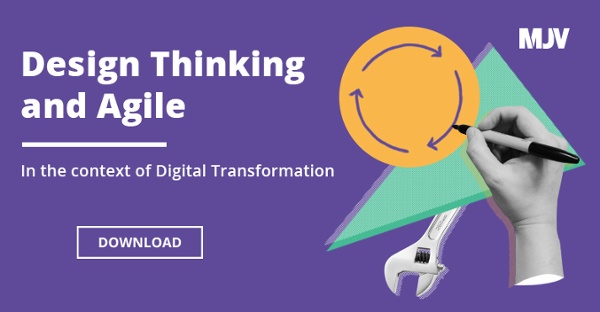Quick Guide to Gamification in business: step by step
Gamification is the use of games mechanics with the goal of solving practical issues or to engaging a specific audience.
In order to bring gamification into a business, some steps must be followed: understanding the context, comprehension of the players and development of ideas are some of these.
We are going to go through them, step by step, in this post.
Implementing gamification
Understanding the problem and the context
Through Design Thinking, interviews and observations of behavior are carried out in order to understand the user, as well as his or her way of thinking and acting in certain situations. This will enable the development of better solutions to the problem. It’s necessary to understand the business’ objectives, as well as its culture.
Understanding who the players are
In order to draw up a winning strategy, it’s necessary to understand people’s motivations, as well as their habits, behavioral characteristics, generation, social role, demographic characteristics and gender.
This will make it possible to come up with trial and error type puzzles which are stimulating and will create situations which are analogous to the objectives in question.
Guiding criteria and the game’s goal
The guiding criteria are directives which guide the project so that crucial aspects of it are not neglected, such as, for example, the stimulation of cooperation between the players or the stimulation of an exchange of information between participants.
The mission is the purpose of the game, which is the main objective of gamification. This stage is extremely important if the game is to be successful and appeal to all players. The guiding criteria must be consistent with the business’ objectives.
Development of ideas for the game
Every game has a story; the most passionate players of electronic games will know this very well.
The adventure of the Mario Brothers to save the princess (Mario Bros. Nintendo), the narrative of the fights in Mortal Kombat (Midway Games), or the cybernetic hero Master Chief (Xbox, Microsoft), are some clear examples that script matters.
In gamification, creating a script that is consistent with the business’ reality can be achieved by brainstorming, in order to generate a large number of ideas. It is then necessary to use analogies in order to achieve a game format, which will stimulate the participants and fulfil the business’ goals.
Defining the game and its mechanics
The mechanics are the center of the game and it’s where objects are defined.
Objects are all of the things that can be seen or manipulated, such as characters, scoreboards or records, the activities the player must complete and the rules.
Some examples of these mechanics are the points system, the rewards system, achievements, comments made by followers or participants, countdown, virtual currencies or even cash bonuses.
In the mechanics, the duration of the game and the frequency of interaction are defined – always in accordance with the profile of the players and the context.
Test in low, medium and/or high fidelity
After all that, you reach the moment of testing the game in order to know if it is responding in accordance with the planning stage. One way of testing this is through Design Thinking, by prototyping.
A prototype is any materialization of an idea that enables the learning process.
Through this tool, the game’s creation team learns more about it by simulating concepts and actions along with future users, a process which naturally leads to further input, thereby perfecting what was proposed.
Implementation and Monitoring
After the implementation of the game, it’s necessary to have constant management and to assess the possibility of carrying out modifications. This is why it’s important to have well-established methods of evaluating the players’ actions, motivation and engagement.
Measurement and Evaluation
It’s important to verify the level of engagement generated, the average number of actions undertaken, how much players return to the game and the progress achieved by participants.
Information about the time taken on the activity and what was the retention of players in the game is also necessary.
As for the RO obtained, it’s possible to check the number of active participants, the rate of increase in productivity and the rate of cost reduction achieved.
One question that must be answered is “what could go wrong?”. In the process of implementing gamification, some factors can get in the way of the project’s progress, such as not being properly aligned with the business objectives or culture.
A lack of engagement by participants (in the short, medium or long-term) and a lack of commitment by managers are some examples of possible problems observed in the past.
This is just the beginning.
If you wanna a complete overview about all gamification phases, you can read our ebook about it, that already has more than 500 k downloads all over the world.

